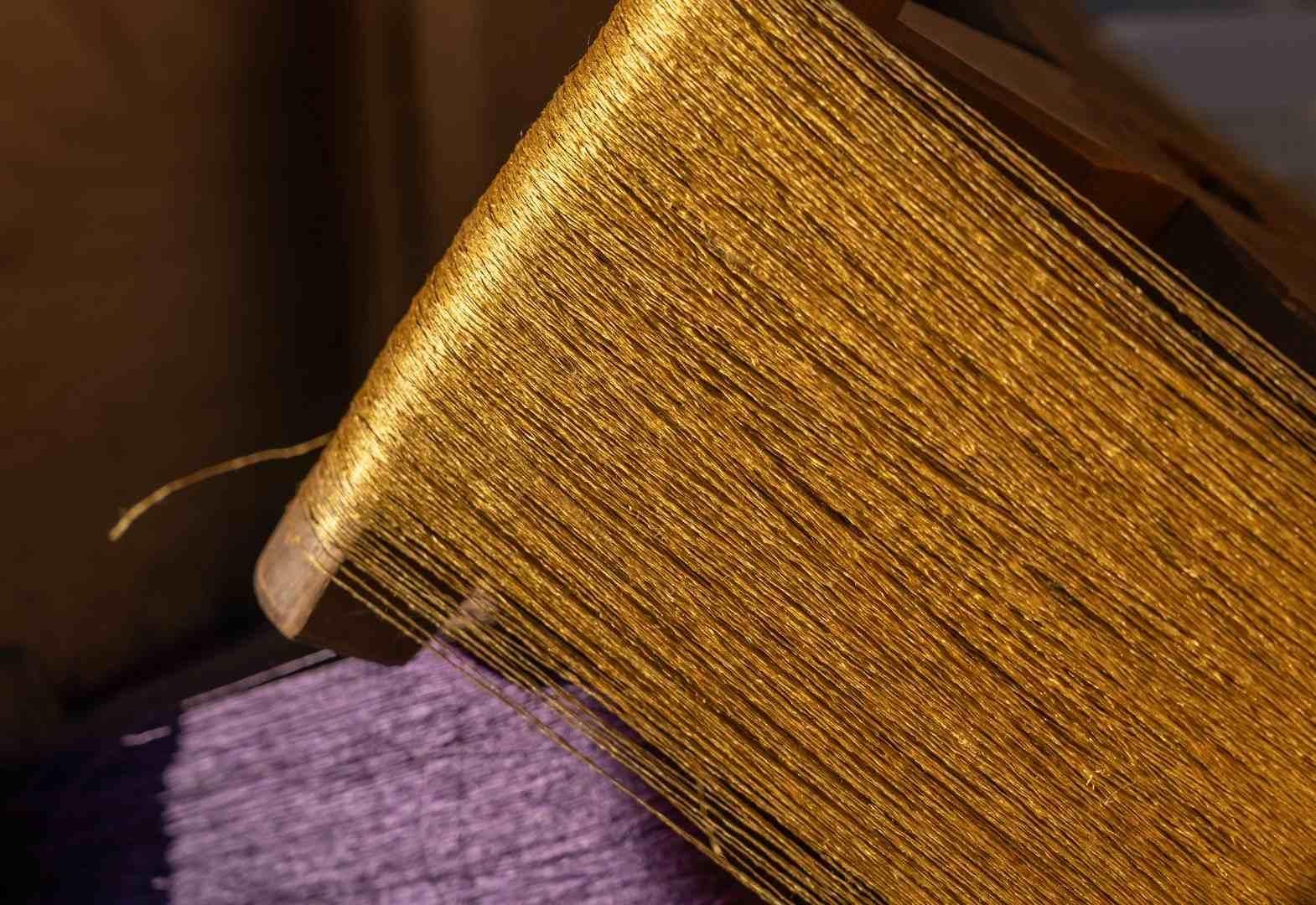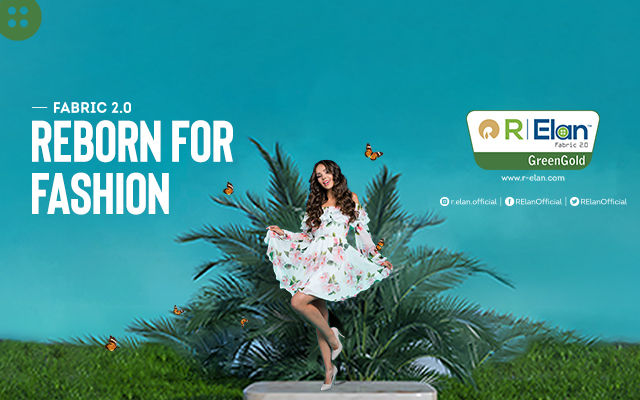Specialty yarns represent a fascinating realm within the textile industry, offering a plethora of unique characteristics and functionalities that cater to specialised needs and preferences. From luxurious silk blends to high-tech performance fibres, specialty yarns encompass a diverse range of materials and constructions tailored to specific applications. One of the defining features of specialty yarns is their ability to offer enhanced performance attributes beyond those of conventional yarns. For example, specialty yarns may be engineered to possess moisture-wicking properties, making them ideal for activewear and sports apparel where sweat management is crucial. Similarly, functional yarns are engineered to provide specific performance features beyond the basic functions of textiles.
Specialty Yarns
Specialty yarns are crafted to offer unique visual or tactile characteristics that set them apart from standard yarns. These yarns are often used in high-end, designer, or artistic textile products. Here are some common types of specialty yarns:
-
Boucle Yarn: Features loops or curls along its length, creating a textured, bumpy surface.
-
Chenille Yarn: Has a velvety texture, achieved by cutting pile fibres to create a soft, plush effect.
-
Metallic Yarn: Incorporates metal or metallic fibres to produce a shiny, reflective appearance.
-
Slub Yarn: Contains irregular thick and thin sections, adding texture and a handcrafted look.
Specialty yarns are often chosen for their aesthetic properties, enhancing the visual and tactile appeal of fabrics.
Fibre Blends for Specialty yarn
Fibre blends are created by combining two or more different types of fibres to produce yarn that benefits from the best qualities of each component. The blending process aims to enhance specific attributes such as strength, elasticity, warmth, or cost-effectiveness. Common types of yarn blends include:
-
Cotton-Polyester Blends: Combines the breathability and softness of cotton with the durability and wrinkle-resistance of polyester.
-
Wool-Acrylic Blends: Merges the warmth and natural feel of wool with the lightness and affordability of acrylic.
-
Silk-Wool Blends: Offers the luxurious feel and sheen of silk with the warmth and structure of wool.
Blended yarns are highly versatile and can be tailored to meet a wide range of performance requirements and price points.
Benefits and Uses of Fibre Blends for Specialty yarn
-
Wool Blend: Enriched with warmth, softness, and a stunning drape. Wool’s unique structure prevents body odour build-up, and modal’s breathability makes garments pleasant to the skin. Wool blends are used for activewear, accessories, homewares, and more due to their fire, UV, wrinkle, and odour resistance.
-
Acrylic Blend: Offers warmth and a wool-like feel with added durability and vibrant colours. Acrylic/cotton blends are soft and warm, combining cotton’s moisture management with lightweight properties. These blends are used in apparel, home furnishings, luxury fashion, and socks.
-
Miyabi Blend: A fine fibre offering lightweight, thin, and very soft thermal fabrics. Provides ultra-soft hand feel, warmth, and comfort. Used in apparels, luxury wear, thermal wear, and socks.
Functional Yarns
Functional yarns are engineered to provide specific performance features beyond the basic functions of textiles. These yarns are designed with applications in mind, often in technical or high-performance fields such as sports, medicine, or industrial use. Types of functional yarns include:
-
Moisture-Wicking Yarns: Made from fibres that draw moisture away from the skin, keeping the wearer dry and comfortable. Common in athletic and activewear.
-
Antimicrobial Yarns: Infused with substances that inhibit the growth of bacteria and fungi, reducing odour and increasing hygiene. Used in medical textiles and sportswear.
-
Conductive Yarns: Contain conductive materials like silver or carbon, enabling the transmission of electrical signals. Used in smart textiles and wearable technology.
-
Flame-Resistant Yarns: Crafted from fibres that resist burning and melting, crucial for protective clothing in industries like firefighting and military.
Functional yarns are integral to innovative textile solutions, often enhancing safety, comfort, and utility in specific applications.
Specific Functional Yarn Benefits and Uses
-
Cocona/Cotton: Enhances cooling with microscopic natural particles, aiding in heat management for athletes. Retains energy for warmth when cold. Used in activewear and socks.
-
Recrotherm Yarns: Polyester fibres provide enhanced warmth and comfort with a high degree of hollowness. Suitable for denim, thermal wear, leisure wear, shirting, suiting, sportswear, and socks.
-
Thermolite Yarns: Lightweight fabric providing heavy-duty performance with hollow-core fibres for insulation. Used in thermal wear, leisure wear, shirting, suiting, sportswear, and socks.
-
Ecovero Yarns: Derived from certified renewable wood sources with eco-responsible production. Used in knitted garments, kids’ wear, apparel, hospital industry, and socks.
-
Coolmax Yarns: Transports moisture away from the body, keeping the wearer cool and dry. Used in activewear.
-
Refibra Yarns: Sustainable production with recycled textiles. Smooth, gentle to the skin, and enhanced breathability. Used in casual wear, formal wear, home textiles, and denim.
-
Bemberg Yarns: Regenerated fibre from cotton linter. Luxurious, soft, and comfortable with beautiful colours. Used in bath suits, ladies’ wear, kids’ wear, towels, and intimate garments.
-
Hemp Blended Yarns: Strong and durable with low water consumption. Enhances fabric stability, strength, dye retention, and moisture absorbency. Used in apparel, home furnishing, and luxury fashion.
Innovation and Sustainability in Specialty and Functional Yarns
In addition to functional enhancements, specialty yarns often boast unique aesthetic qualities that set them apart. Hand-dyed artisanal yarns, for instance, showcase rich, nuanced colours and subtle variations that add depth and character to knitted or woven fabrics. Novelty yarns with unconventional textures, such as boucle or eyelash yarns, create visually striking effects, adding intrigue and dimension to fashion and home decor projects. The production of specialty yarns often involves advanced technologies and processes, reflecting ongoing innovation within the textile industry. Cutting-edge spinning techniques, precision dyeing methods, and fibre blending technologies enable manufacturers to create yarns with tailored properties and performance characteristics. These innovations not only expand the possibilities for textile designers and artisans but also contribute to the development of sustainable and eco-friendly yarn options.
Furthermore, specialty yarns serve as a vehicle for creative expression, inspiring designers, crafters, and artists to push the boundaries of traditional textile arts. Whether through intricate lacework, intricate colour work, or sculptural knitting techniques, specialty yarns provide a canvas for experimentation and exploration. Moreover, the artisanal craftsmanship inherent in many specialty yarns lends a sense of authenticity and uniqueness to handmade creations, fostering a deeper connection between maker and material.
In recent years, there has been a growing demand for specialty yarns driven by shifting consumer preferences and emerging market trends. As consumers increasingly prioritise quality, performance, and sustainability in their purchasing decisions, specialty yarns offer an appealing alternative to mass-produced, generic textiles. Moreover, the rise of online platforms and social media has facilitated greater visibility and accessibility for specialty yarns, allowing enthusiasts to discover and connect with niche suppliers and artisans worldwide.
Conclusion
Specialty yarns represent a dynamic and innovative segment of the textile industry, offering a wide array of unique characteristics and functionalities tailored to specific needs. From luxurious silk blends to high-tech performance fibres, these yarns deliver enhanced performance attributes, such as moisture-wicking and antimicrobial properties, that surpass those of conventional yarns. The aesthetic qualities of specialty yarns, including unique textures and vibrant colours, add depth and intrigue to fashion and home decor projects. The production of specialty yarns leverages advanced technologies and processes, contributing to sustainable and eco-friendly options that meet the evolving demands of consumers. These yarns also inspire creativity and artistic expression, fostering a deeper connection between makers and their materials. As consumer preferences shift towards quality, performance, and sustainability, the appeal of specialty yarns continues to grow, supported by increased visibility and accessibility through online platforms and social media.








Comments